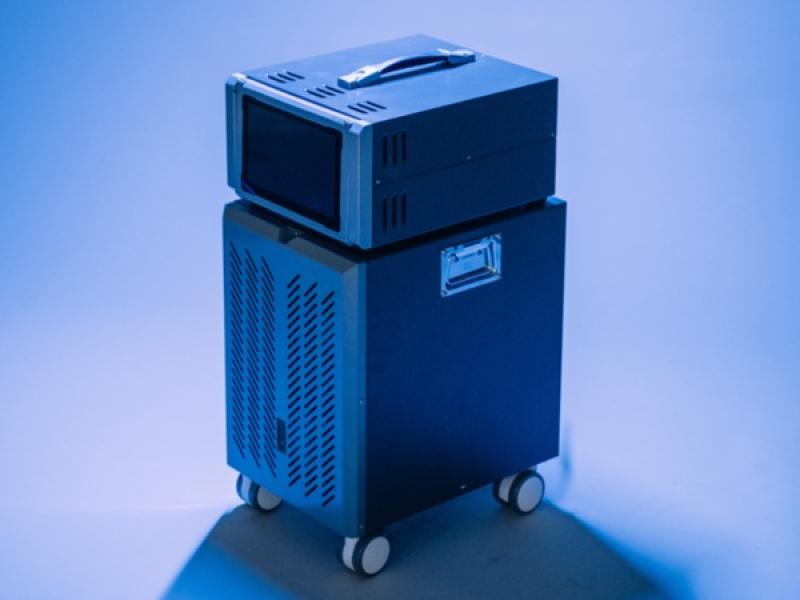
A deal between SaskPower and Calgary-based Steel Reef Infrastructure Corp. is aimed at turning gas from oil operations that is typically flared into electricity, giving purpose to energy that would otherwise be wasted.
On five sites in Saskatchewan, Steel Reef’s flare gas capture infrastructure will be installed, bringing approximately 100 megawatts of power to the grid by late 2027.
“All of this energy was previously wasted and being flared to the atmosphere,” Scott Southward, the CEO and president of Steel Reef, said in an interview with Sustainable Biz Canada. “Now we’re converting these emissions into something that is useful.”
Approaching its 12th year in business, Steel Reef addresses the problem of natural gas burned in flare stacks from oil wells for safety reasons. Flaring produces carbon dioxide and methane emissions, and has been labelled a significant contributor to greenhouse gas emissions by the International Energy Agency. Putting the gas to use and reducing and eliminating flaring are recommendations by the organization.
Steel Reef owns and operates 11 gas processing plants and over 2,600 kilometres of pipelines in Saskatchewan and North Dakota.
Steel Reef’s emissions-to-energy technology
The company installs the pipelines that transport flare gas produced from oil wells which connect to a gas processing facility. There the gas is processed into natural gas, propane and butane. The products are transported to downstream users.
To produce electricity, the captured natural gas is used to power the company’s facilities and push electricity onto the grid. Its project with SaskPower will be using gas-powered turbines augmented with waste heat recovery which taps into the exhaust heat for additional energy, Scottward said.
The deal with the provincial utility, comprised of five power purchase agreements, is “very meaningful” for Steel Reef, Southward said. The $265-million investment is approximately one-fifth of the total capital the company has put into infrastructure.
Saskatchewan is facing pressure from federal regulations to reduce flaring, so “it fit perfectly” with Steel Reef’s expertise, Southward added.
Steel Reef’s flare gas capture technology increases the efficiency and reduces the carbon footprint of fossil fuel production, the company’s CEO said. “It’s the most efficient way to be reducing emissions at this point in my view.”
Finding a use for flared gas
Capturing flare gas results in less methane compared to venting and flaring, a Steel Reef spokesperson said in an email exchange, as flaring means some methane will escape into the atmosphere as a powerful greenhouse gas.
An article by the World Bank argues if the flared gas could be given a more productive purpose, it could displace other, more polluting fossil fuels such as coal and oil. Forty-one per cent of Saskatchewan’s electricity is made from coal and coke, according to Canadian government data.
Natural gas has been put forward as a transition hydrocarbon as it produces fewer greenhouse gas emissions than coal and oil. However, methane leaks from gas infrastructure can offset those gains, the United Nations said.
Regulations on flaring are in place in Canada to guide the country to cut its methane emissions by 40 to 45 per cent by 2025 from 2012 levels. A proposed amendment would apply more restrictions on flaring, requiring an engineering study that looks at the options for using gas to produce heat or energy for flaring unless it avoids “serious risk to human health or safety arising from an emergency”.
Southward said Steel Reef is finding many opportunities as Canada looks to switch to cleaner energy sources. “I think we as a society understand that the energy transition is going to take time, and there isn’t a one-size-fits-all solution that will completely remove fossil fuels from the equation at least in the near-term.”
The SaskPower project is an “initial step” as Steel Reef looks to more utility-scale infrastructure work, he said.










